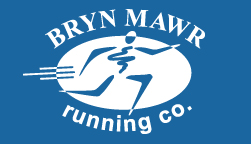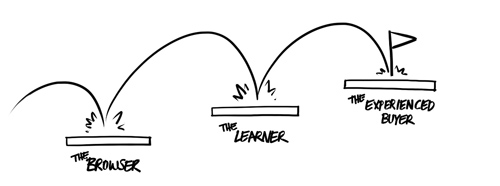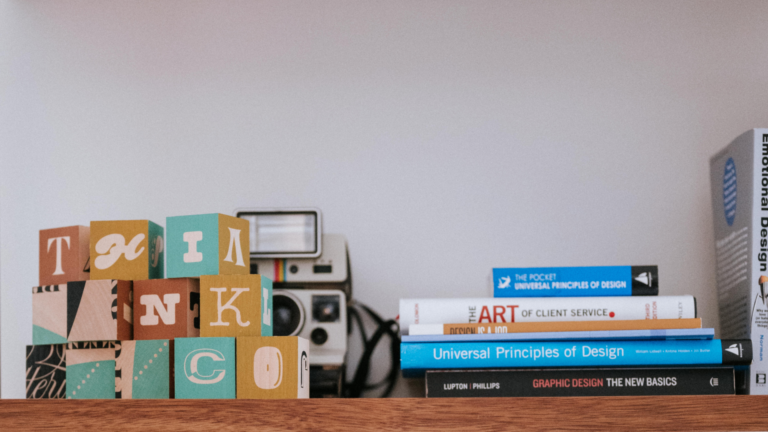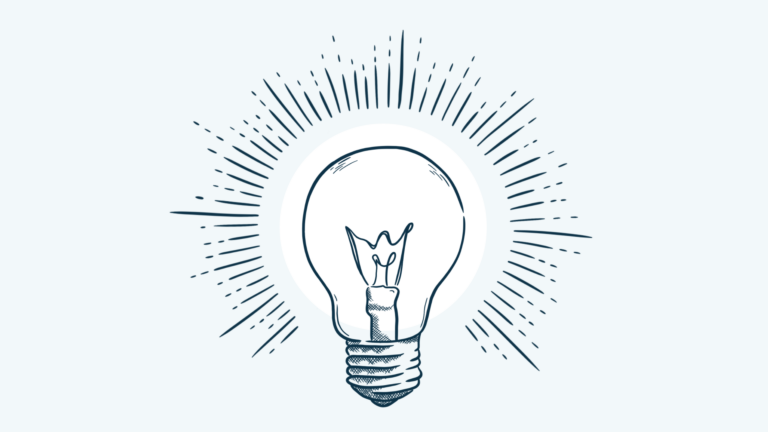The High Road: Conversion vs. Coercio=

To follow-up on Russ’ Teavana post from last week, I thought I would take some time to further expand on good sales experiences from a designer’s perspective. As experience designers we would create a few buyer profiles based on analysis of elements like existing customer traffic, consumer objectives and client business objectives. In the case of Teavana, I will guess there are three types of buyers to consider:
- The Browser – someone wandering into the store just to see what it’s all about
- The Learner – someone intending to get an education about tea or tea products
- The Experienced Buyer – someone who knows tea or has purchased from Teavana before. Ideally, your experienced buyer becomes a loyal customer.
This is an example of cascading user types and how your experience design and sales model can focus on converting one user type to another. Ideally, you want to convert browsers into learners and learners into experienced buyers. In the long run, a large portion of your revenue would come from your experienced buyers. Train your staff to focus on these conversions – even if the success rate is low – and you’ll experience long-term success.
Volumes of guides have been written on the topic, but most sales instruction takes the perspective of the sales person rather than the customer. After a dozen years on the technology side of the Sales Training industry, I have seen a lot of sales models. There are a lot of self-proclaimed sales experts out there whose models treat the buyer as nothing more than a mark who simply has to be convinced. How they are convinced is the “secret sauce” of each sales process.
Here’s a secret, though: regardless of your sales model, your best sales people put themselves in the head of the customer, understand their needs, and then fulfill those needs. Furthermore, if they don’t have a solution, they recommend someone who does. It’s that simple.
So, how do we drive those conversions? Well Teavana, it’s not by alienating your customers or aggressively upselling them on things they don’t want. Let’s look at a few of my own experiences as a retail customer that demonstrate conversion.
Customer Intimacy
I had the pleasure of buying a custom suit a few years ago for my wedding. I entered the store as a learner, but quickly became an experienced buyer. Even though they have customers who spend much more than me, they still remember my name when I walk into the store to buy a pair of socks. Any man who has ever been fitted for a completely custom suit has likely had an excellent sales experience. From selecting the fabric and style to your final fitting – the entire experience is about you. For the price you pay, you deserve it… and the next time you want to buy someone a pair of cufflinks or a tie, you’ll probably go back.

Expertise
You don’t need to be purchasing high ticket-item products to have an excellent sales experience. Very recently I wandered into Bryn Mawr Running Company to purchase a new pair of running shoes. I had a strained tendon from the discount running shoes I was wearing and I was wondering what the store had to offer. I was a browser, but the sales associate approached me and casually asked if he could help. After explaining my dilemma, he asked me to take 10 steps away from him. When I turned to walk back, he was practically lying on the floor watching exactly how my foot landed. He pulled three different pairs of shoes that would address my needs. We made the final selection based on fit and comfort. We never discussed price and there was never a hard sell. By chance I selected the cheapest pair. They were still double what I paid at the discount store, but it was a small price to pay for a relatively painless morning jog.
A Reason to Return
Excellent service is something we come to expect when paying a premium for a product. Most new customers who walk into Teavana expect more than a $3 box of stale tea bags, they just don’t know what to buy. Teavana has taken advantage of this need for consultation. I suspect this contributes well to short-term sales, but really destroys the rate at which your customers return. They may be able to convert a browser to a learner, but they fail when converting the learners to experienced buyers. As we’ve seen in the comments and in the articles posted – customers don’t appreciate being aggressively upsold every visit.
My tailor now has my measurements on file. As long as I haven’t subsisted exclusively on cheeseburgers and onion rings since my last visit, I could call in a brand new suit. Bryn Mawr Running Company keeps track of my sizes and brands for me. I am a dedicated customer to both stores even though the prices are higher…something I wouldn’t be if they had tried to sell me things I don’t want.
The profiles above are a simplistic view of Teavana’s business model. I offer them up to prove a point: developing a customer-focused sales experience takes time and analysis. Even so, while sales is often about conversion, it should never be about coercion. The most talented and successful sales people I have ever worked with all have one thing in common: they know when to walk away. Their time is way too precious to be spent convincing someone to buy something they clearly don’t want or need – especially if that means that’s the last time you’ll see them.



